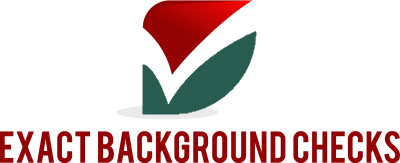How to Determine If You Passed a Drug Test
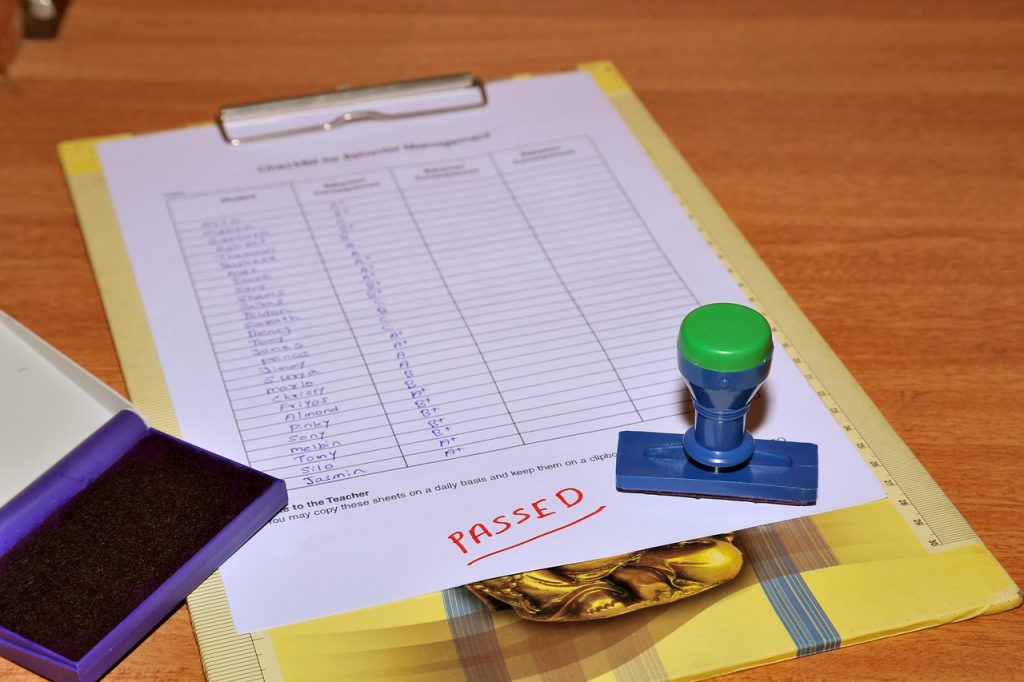
Introduction and the Pre-Employment Drug Test Process
What is a Pre-Employment Drug Test?
A pre-employment drug test is a screening process used by employers to assess whether a job candidate is using illegal drugs or substances that could impair their ability to perform their duties. Drug testing helps employers maintain a safe and productive workplace, reduce the risk of accidents, and ensure compliance with company policies or legal requirements, particularly in industries where safety is a priority.
Pre-employment drug tests are commonly required for jobs in sectors such as transportation, healthcare, construction, and manufacturing. Employers also use these tests to ensure that they are hiring individuals who will align with company culture and meet performance expectations without the risk of substance-related issues.
Why Do Employers Conduct Pre-Employment Drug Tests?
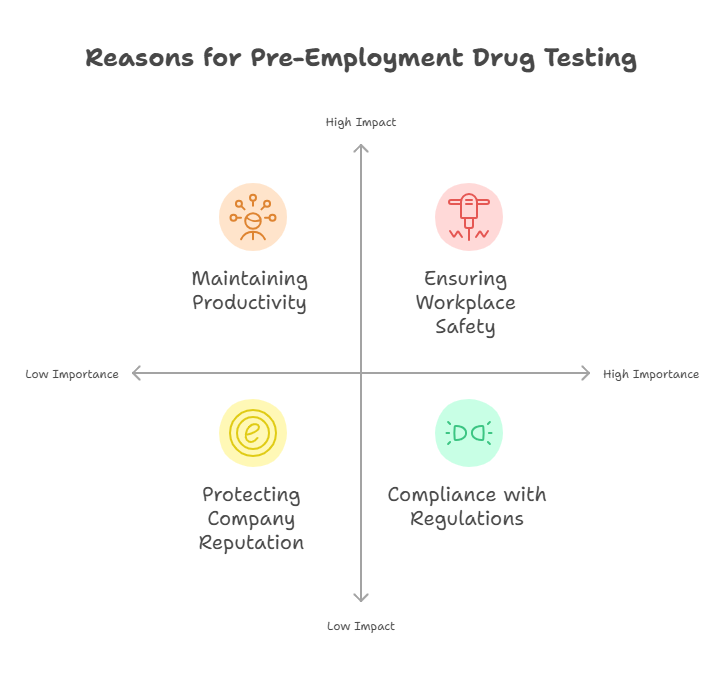
Employers conduct drug tests for several reasons, including:
- Ensuring Workplace Safety: In jobs involving the operation of machinery, driving vehicles, or working in dangerous environments, drug use can compromise safety and increase the risk of accidents. A pre-employment drug test can help prevent these risks.
- Maintaining Productivity: Substance abuse can impair an employee’s cognitive and motor skills, leading to decreased work performance, errors, and inefficiency. Drug testing helps employers ensure that new hires are in the best physical and mental condition to perform their jobs effectively.
- Compliance with Regulations: Certain industries, such as transportation (regulated by the Department of Transportation in the U.S.), require mandatory drug testing as part of federal regulations. Employers must comply with these laws to avoid penalties or loss of business.
- Protecting Company Reputation: A company’s reputation can suffer if employees are found to be under the influence of drugs while at work. Drug testing helps prevent this by ensuring only individuals who are free of illegal substances are hired.
Types of Pre-Employment Drug Tests
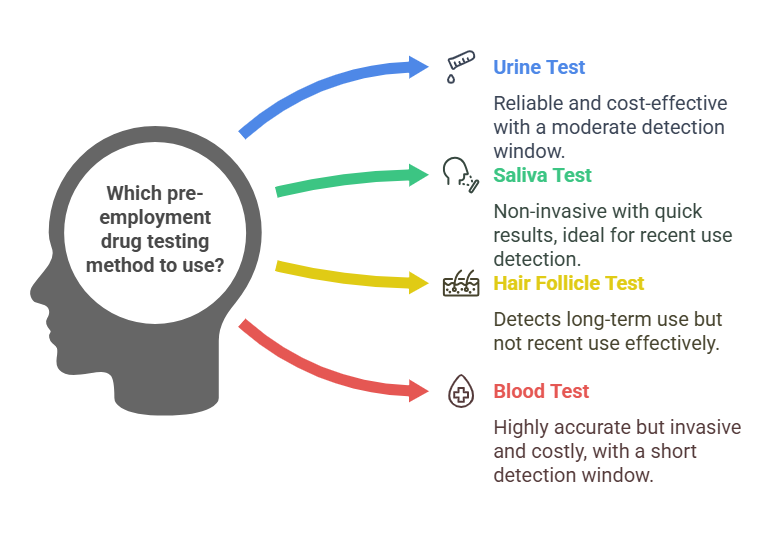
Several types of drug tests may be used in pre-employment screenings. Each method has its own advantages and detection windows. Below are the most common drug testing methods:
1. Urine Drug Test
The most widely used method for pre-employment drug testing is the urine drug test. It is a reliable and cost-effective test that can detect a variety of substances. Urine tests are often used because they offer a good balance of accuracy, affordability, and ease of administration. However, they can only detect drugs used within a certain time frame, typically within the last few days to weeks, depending on the substance.
2. Saliva (Mouth Swab) Drug Test
Saliva tests are becoming more common due to their non-invasive nature and quick results. They detect recent drug use, usually within the last 24 to 48 hours, and are often used for on-site testing, especially for random drug screening. Saliva drug tests can detect marijuana, cocaine, amphetamines, and opioids.
3. Hair Follicle Drug Test
A hair follicle test is less common for pre-employment screenings but can be used to detect drug use over a longer period, typically 90 days. This test involves analyzing a sample of hair for traces of drugs. While hair follicle testing can detect the presence of substances that may have been used several months ago, it is not as effective for detecting very recent drug use.
4. Blood Drug Test
Blood tests are highly accurate and can detect the exact level of drugs in the bloodstream. However, they are not commonly used for pre-employment screening due to their invasive nature, higher cost, and shorter detection window (usually only within a few hours to a few days).
How Are Pre-Employment Drug Tests Administered?
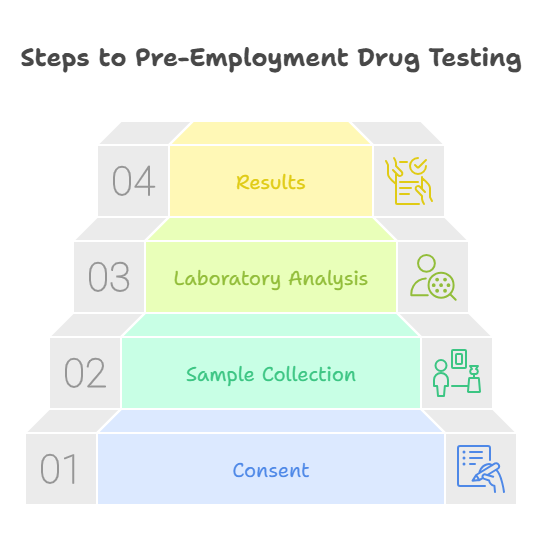
The process of taking a pre-employment drug test generally follows these steps:
- Consent: Candidates must provide written consent to undergo the drug test as part of the hiring process. In some cases, employers may ask candidates to sign a form acknowledging their understanding of the drug testing procedure.
- Sample Collection: The method of sample collection depends on the type of test. For urine tests, the candidate will be asked to provide a urine sample in a private setting. For saliva tests, a cotton swab is used to collect saliva from the inside of the mouth. In the case of hair follicle tests, a small sample of hair is taken, typically from the scalp. Blood tests require a needle to draw a sample from a vein.
- Laboratory Analysis: After the sample is collected, it is sent to a certified laboratory for analysis. In the case of urine and saliva tests, the samples are tested for the presence of specific drugs and their metabolites.
- Results: The lab sends the results to the employer or the third-party service provider who conducted the test. Depending on the employer’s policy, candidates may receive the results directly or through their recruiter.
Common Substances Tested in Pre-Employment Drug Tests
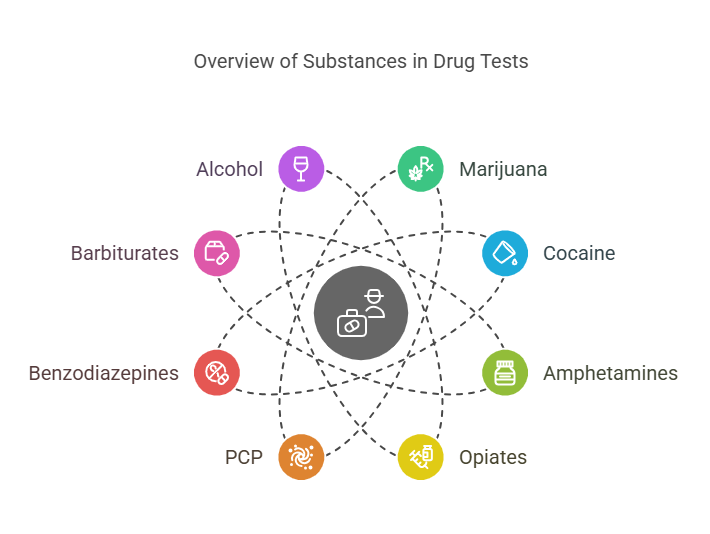
Drug tests typically screen for a variety of substances, which may include:
- Marijuana (THC): One of the most commonly tested substances, marijuana is legal in some states but remains illegal under federal law. It can stay in the system for several days to weeks, depending on frequency of use.
- Cocaine: Cocaine use can be detected in urine for 2-4 days for occasional users and up to a week for frequent users.
- Amphetamines: This includes drugs like methamphetamine, MDMA, and prescription stimulants. Amphetamines can be detected for up to 2-3 days after use.
- Opiates: These include heroin, morphine, and prescription painkillers. Opiates can be detected for up to 3-4 days in urine.
- PCP (Phencyclidine): A hallucinogenic drug that can remain in the system for several days after use, though less commonly tested for in pre-employment screenings.
Some drug tests may also include screening for substances such as benzodiazepines, barbiturates, and alcohol, depending on the nature of the job or the company’s policy.
How to Know If You Passed a Pre-Employment Drug Test and Our Services
How Are Pre-Employment Drug Test Results Communicated?
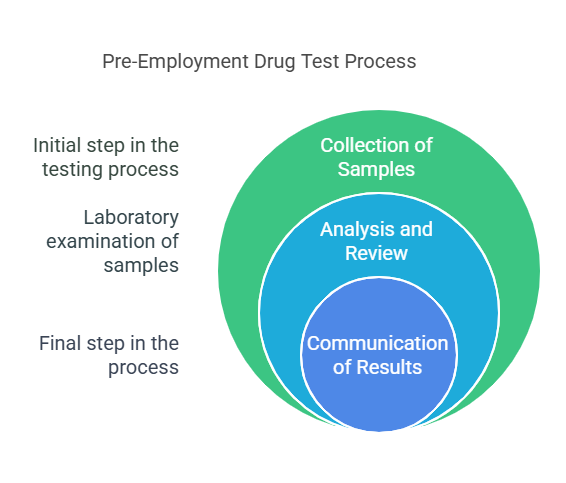
Once you have completed your pre-employment drug test, the next logical question is, “How do I know if I passed a pre-employment drug test?” The answer largely depends on how the results are communicated by the employer, third-party screening company, or testing facility. Generally, the process involves the following steps:
- Collection of Samples: After the drug test is administered (whether it’s a urine, saliva, hair, or blood test), the sample is sent to a laboratory for analysis. In some cases, testing may also be done on-site if rapid testing methods are used (like saliva tests or instant urine dipstick tests).
- Analysis and Review: The laboratory analyzes the sample for the presence of specific drugs or their metabolites. Each test has a threshold (cutoff levels) that must be met for a result to be classified as positive. If the sample exceeds this threshold, it’s considered positive. If it doesn’t, it’s considered negative. For example, marijuana might have a cutoff level of 50 ng/mL for a urine test, which means that the presence of THC below this level would be a negative result.
- Communication of Results: Once the laboratory completes its analysis, the results are sent back to the employer or the third-party service provider (e.g., a background check company). These results may be shared with you directly, or through your hiring manager or HR department, depending on company policy.
- Negative Result: If the drug test comes back negative, it means no drugs were detected in your system above the defined cutoff level. You’ve “passed” the drug test, and the next step in the hiring process typically proceeds smoothly.
- Positive Result: If drugs are detected above the cutoff levels, the result will be classified as positive. In this case, the hiring process may stall or end. Some employers may ask for further testing or clarification, especially if you used prescription medications that might affect the results. Employers will usually notify candidates of a positive result, and you may be given a chance to explain the findings or dispute the result.
- Inconclusive or Invalid Result: If the sample is deemed invalid or inconclusive (for example, if it’s contaminated or the laboratory was unable to provide reliable results), you may be asked to take another test. In some cases, the lab may ask for a re-test if there are issues with the sample or the procedure.
How Long Does It Take to Get Results?
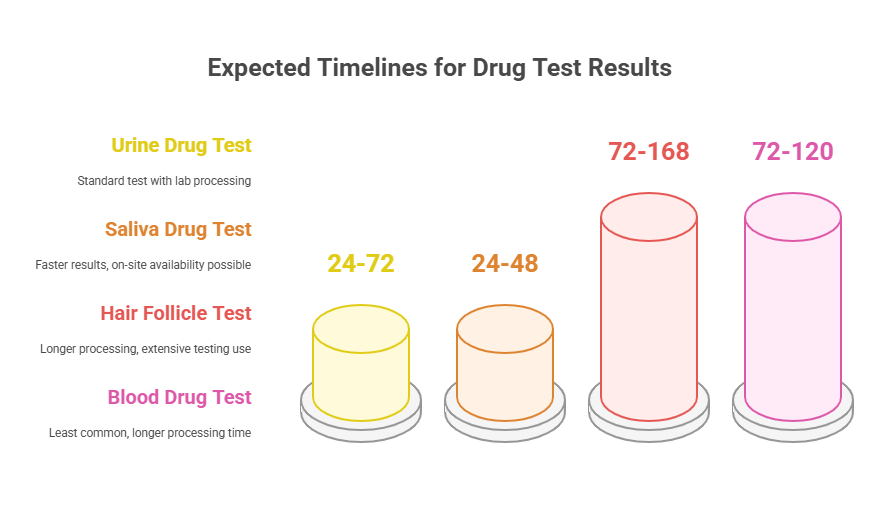
The time it takes to receive the results from a pre-employment drug test varies depending on several factors, including the type of test administered, the testing facility, and the employer’s policy. Here’s a general idea of the timelines you can expect for different testing methods:
- Urine Drug Tests: The results for a standard urine drug test are typically available within 24 to 72 hours. Most tests are processed in laboratories, but rapid urine tests can offer results in as little as 10 minutes. These quick tests may be used for initial screenings before more thorough analysis is conducted.
- Saliva Drug Tests (Mouth Swab): Saliva tests usually offer faster results than urine tests, often within 24 to 48 hours. Results can sometimes be available on-site, especially for random testing situations.
- Hair Follicle Tests: Hair follicle drug tests take longer to process since they require laboratory analysis. Results typically take about 3 to 7 business days. Since hair follicle tests have a longer detection window, they are not used as frequently for pre-employment drug screenings but can be utilized for more extensive testing when necessary.
- Blood Drug Tests: Blood tests are the least common for pre-employment screenings and typically take a bit longer than urine or saliva tests to process, usually requiring 3 to 5 business days for results.
It’s important to know that employers usually don’t share results immediately upon receiving them. HR departments or hiring managers might take a few additional days to process your results and complete the hiring process.
What Are the Different Outcomes of Pre-Employment Drug Tests?
After taking the drug test, understanding the various possible outcomes can help you figure out how you can determine whether or not you’ve passed. Below are the primary results that can come from a pre-employment drug test:
1. Negative Result
A negative result means that no illegal drugs or substances were detected above the acceptable cutoff level in your sample. This is the desired outcome for a job candidate, as it typically means the employer will proceed with the hiring process.
In the case of a negative result, you may be notified by HR or your hiring manager, often by phone or email. If you pass the drug test, the next steps in the hiring process will typically include further screening, interviews, or paperwork. Keep in mind that a negative result does not guarantee that you’ll get the job—other factors like your interview performance, qualifications, and references may still play a significant role in the employer’s decision.
2. Positive Result
A positive result occurs when the test detects the presence of drugs above the established cutoff level. In this case, the employer may choose not to move forward with your application, or they may ask for an explanation. It’s important to note that a positive result does not automatically mean that you will be disqualified from consideration. If you have a valid prescription for the drug that was detected or can provide mitigating circumstances, you may still be considered for the role.
However, a positive result can also lead to immediate rejection in many cases. Employers in safety-sensitive industries, such as transportation or healthcare, often have strict no-drug policies that prohibit any drug use, whether recreational or prescribed.
3. Inconclusive or Invalid Result
If the test is marked as inconclusive or invalid, it may be due to various factors, such as contamination, insufficient sample quantity, or irregularities during the collection process. An inconclusive result does not imply drug use; rather, it means the lab could not reliably determine the presence of drugs in the sample.
In such cases, the employer may request you to take another test, and the timeline may be extended for retesting. If you are asked to retake the test, it’s crucial to follow the instructions carefully and ensure the sample is properly collected and sealed to avoid another invalid result.
What Factors Impact Drug Test Results?
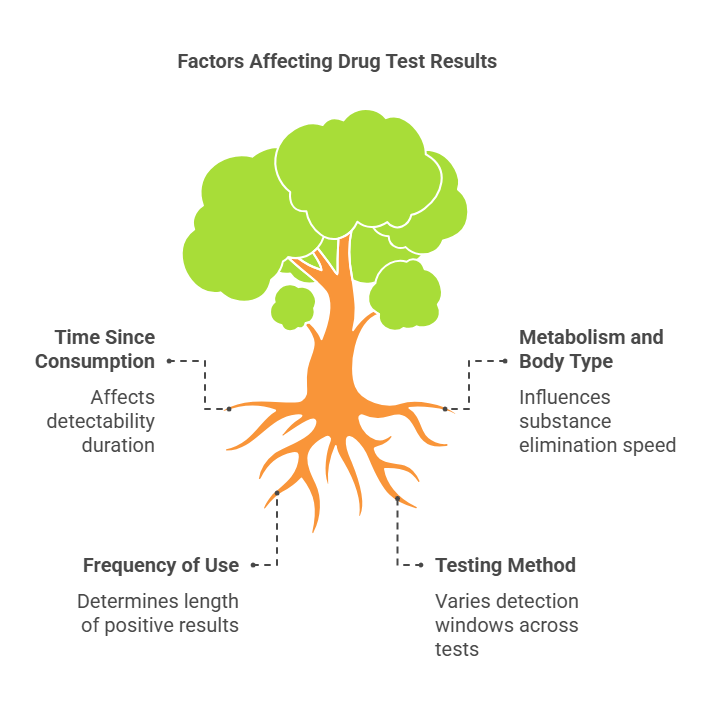
There are several factors that can influence the outcome of a pre-employment drug test, making it important for candidates to understand what might affect their results:
- Time Since Consumption: The time since you last consumed a drug will significantly impact whether it’s detectable in your system. For example, marijuana may stay in your system for days or even weeks after use, depending on factors such as frequency of use and the individual’s metabolism.
- Metabolism and Body Type: People with faster metabolisms generally process and eliminate substances from their systems more quickly. If you have a higher body fat percentage, some substances like marijuana can be stored in fat cells, leading to longer detection times.
- Frequency of Use: Chronic or heavy users of substances will typically test positive for longer periods than occasional users. For instance, regular marijuana users may test positive for several weeks, while occasional users may only test positive for a few days.
- Testing Method: Different drug tests have varying detection windows. Urine tests may detect drug use for several days, whereas saliva tests typically detect more recent drug use (within 24 to 48 hours).
